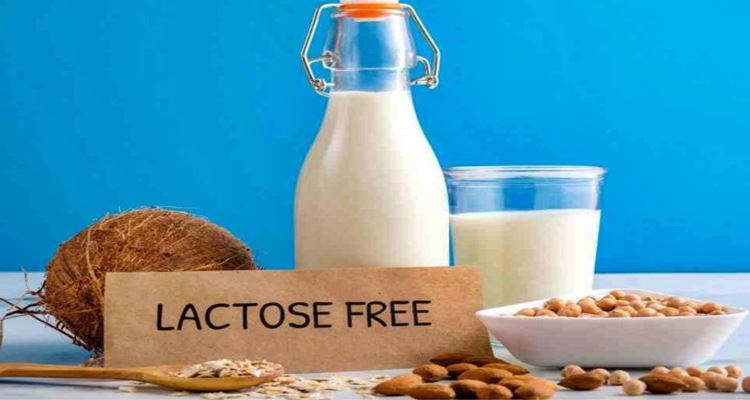What is lactose-free milk? Here are some things you should know.
LACTOSE-FREE MILK – If you have lactose intolerance, lactose-free milk is an easy and safe alternative to avoid digestive distress.
Being lactose intolerant limits the food you should take. And this condition, the affected person is not able to fully digest the lactose in milk. This results in diarrhea, gas, and bloating should they insist to eat anything that has lactose in it.

If a product has milk, whey, curds, milk by-products, dry milk solids, and nonfat dry milk, it contains lactose. The top nutrient we can from this kind of food is calcium and if you have this condition, you may get calcium from foods that don’t have milk like salmon, sardines, broccoli, leafy green vegetables, oranges, almonds, dry beans, tofu, soy milk, cereals, and juices.
And one healthy and safe alternative is lactose-free milk. As the name suggests, it is an easy alternative that can eliminate the symptoms you are suffering from consuming regular milk. To put it simply, this type of milk has no lactose in it.
SEE: Types Of Milk – What Are The Different Types & Their Nutrients
This process is done not by removing the lactose but by adding lactase, a type of enzyme. This enzyme helps the digestive system break down lactose. Despite the addition, it still contains the same nutrients as the regular ones.
Here are some of its benefits:
- According to a post from Healthy Eating, this taste a little sweeter.
- A cup has 8 grams of complete protein.
- Low-fat or nonfat lactose-free milk has minerals that can help reduce blood pressure levels.
- A cup has 30 percent of the daily value for calcium and 25 percent of the daily value for vitamin D. This makes it great for your bone health.
READ ALSO:
What can you say about this? Let us know!
